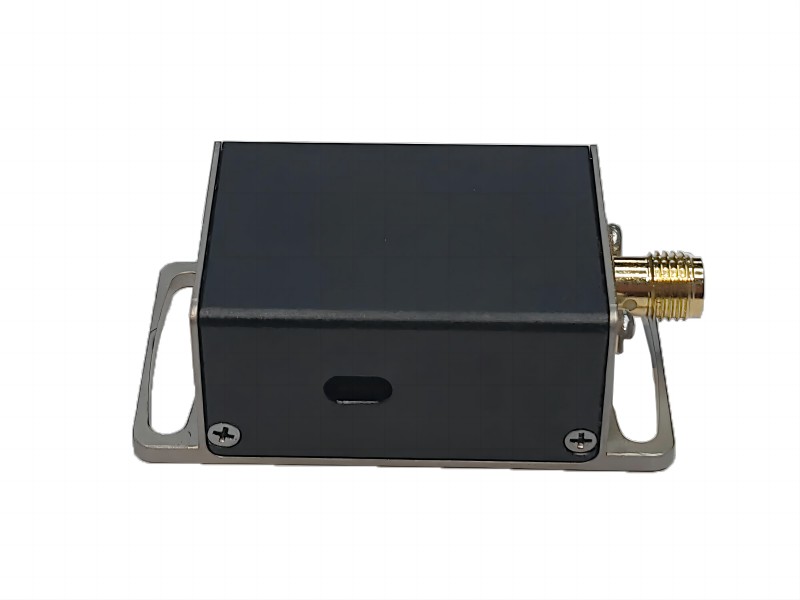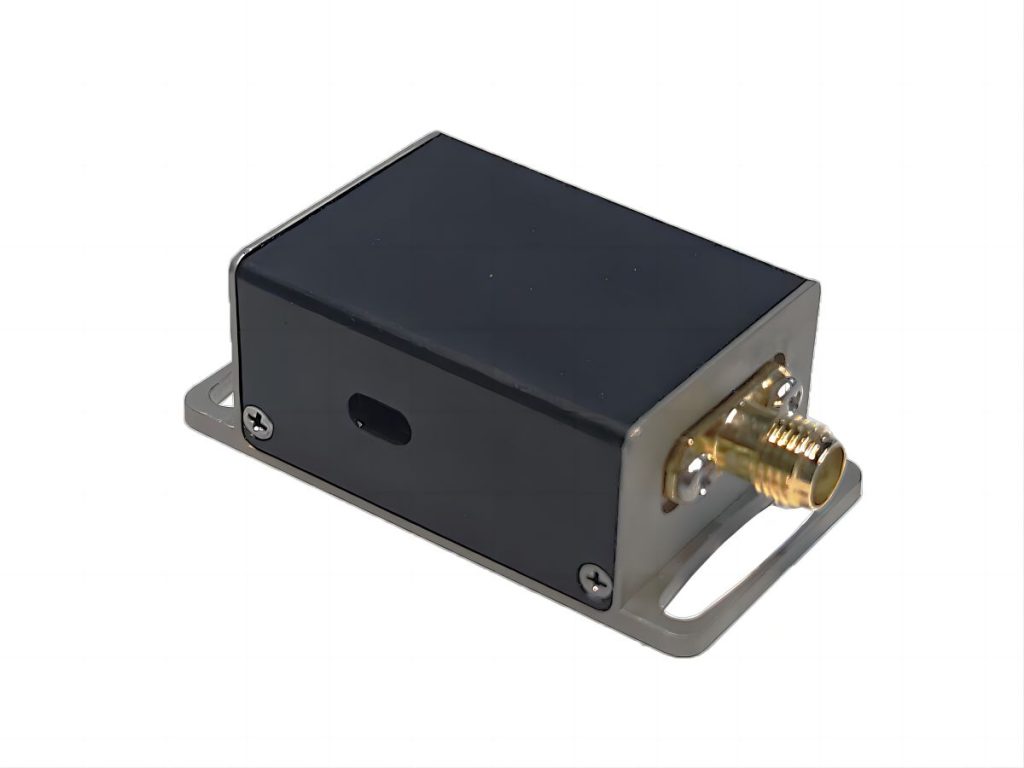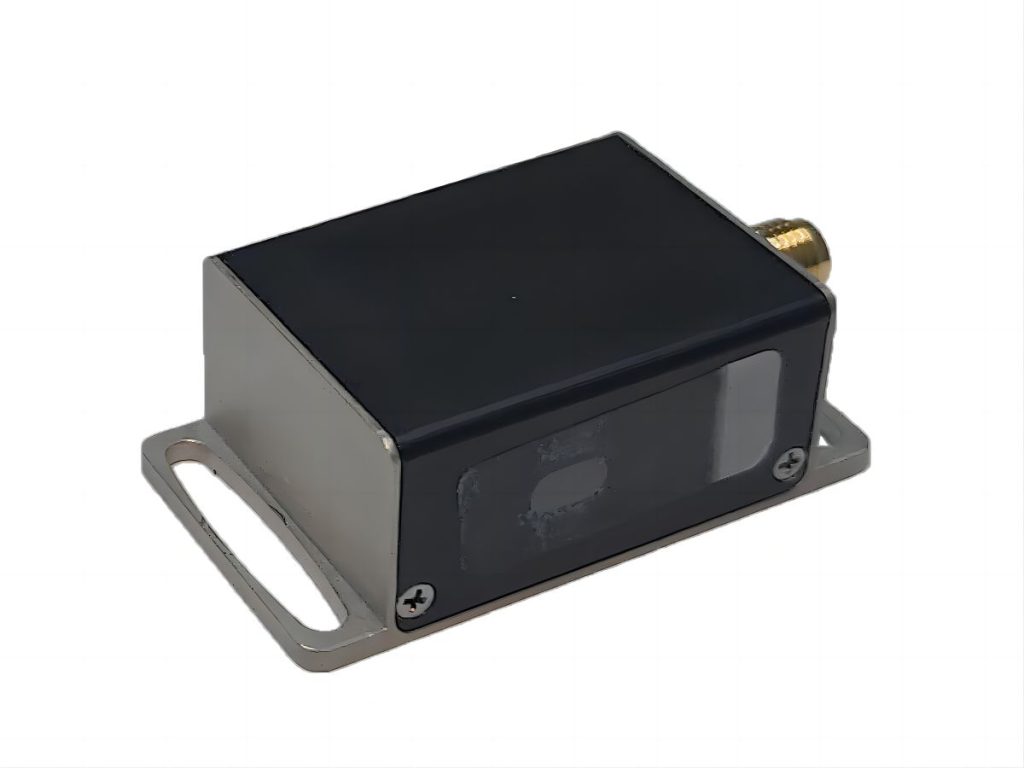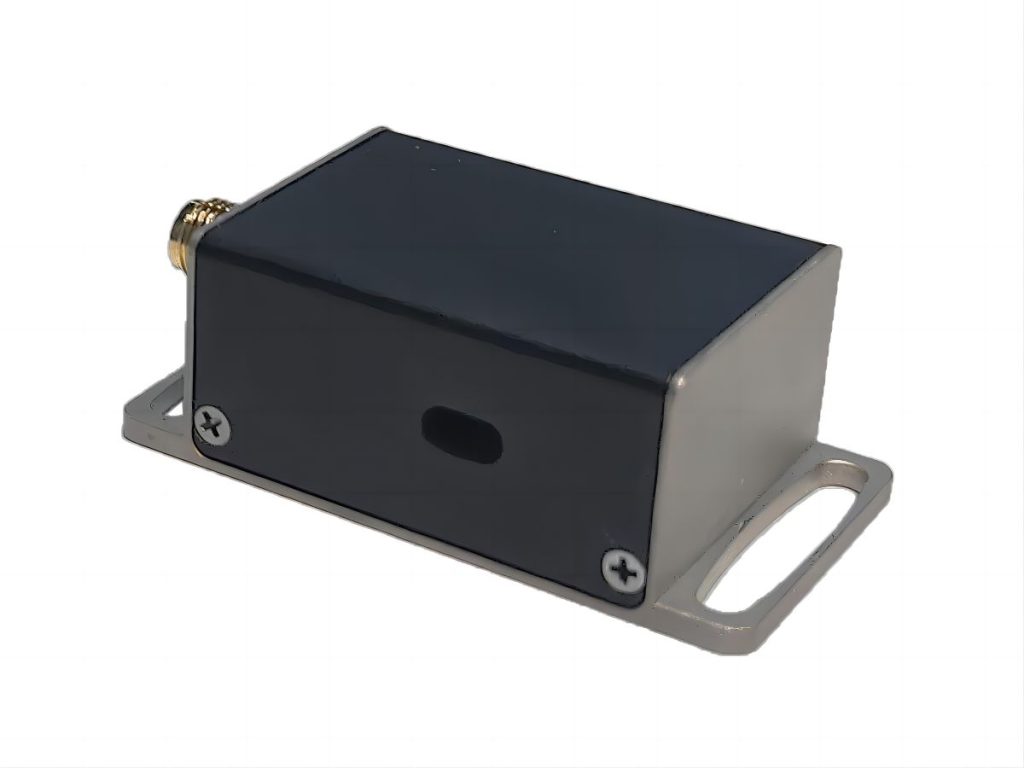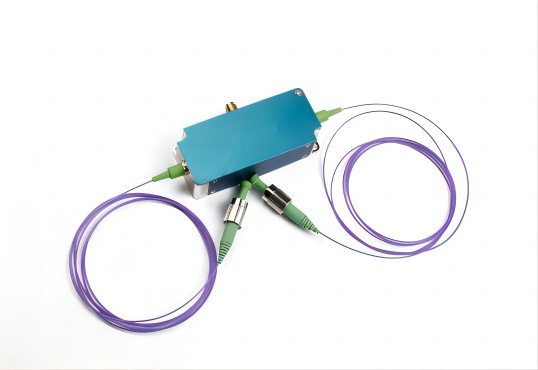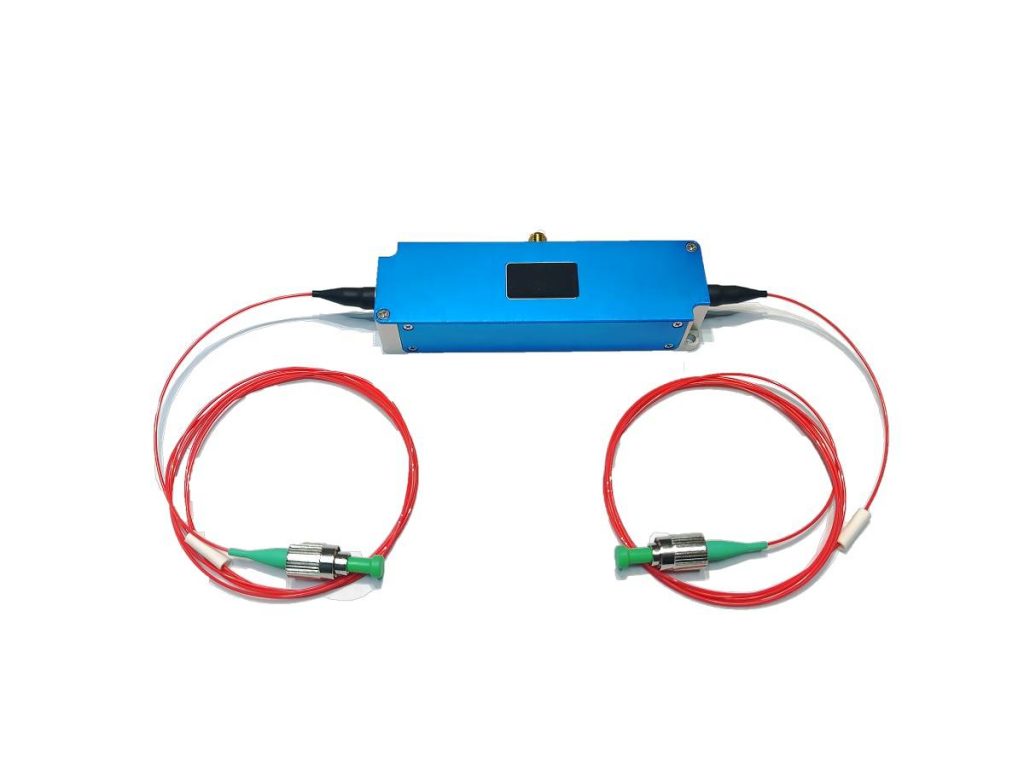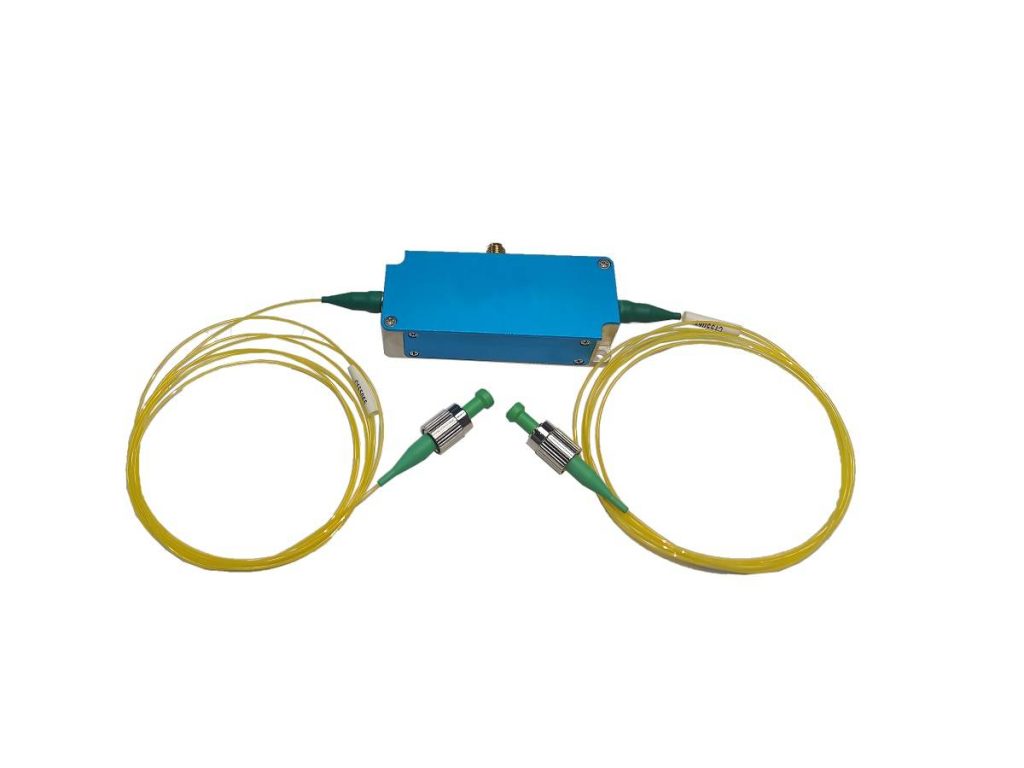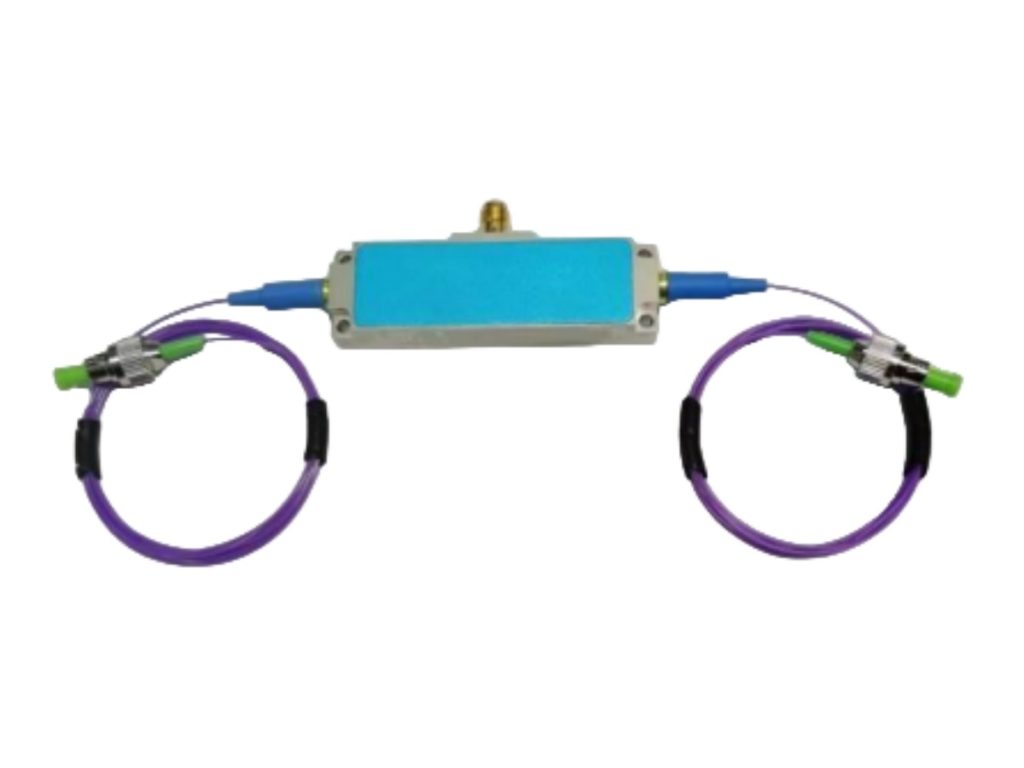Technical Features of Spatial Acousto-optic Modulator
As an innovative optical signal control device, the spatial acousto-optic modulator occupies a pivotal position in the field of optical engineering with its unique technology and excellent performance. Spatial AOMs play a pivotal role in numerous industries, offering precise control of light for applications ranging from biomedical imaging to optical communication systems. This article delves into the key features of spatial AOM technology, explaining how it works and why it is so valuable in modern optical systems.
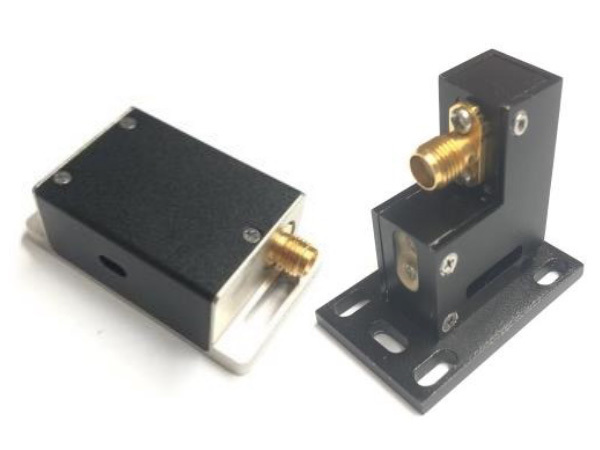
1. Broad Spectral Compatibility
Key Range: 240nm to 2100nm
The multifunctional uses of spatial AOMs span several fields, including lasers that operate in the near and far infrared ranges. This makes Spatial AOMs invaluable.
- Biomedical Imaging: In this field, different laser wavelengths are utilized to image biological tissues. Since a spatial AOM can handle different optical wavelengths, it can be used to provide control over the light used for imaging, thus improving the quality of the images obtained. For example, while deep tissue penetration may require near-infrared light, specific feature illumination may use far-infrared.
- Fiber Optic Communication: The capability of using more than one laser beam for signal transmission makes these systems ideal to incorporate Algebra 4D W editors. This advantage is particularly useful for Wavelength Division Multiplexing (WDM), a technology used in fiber optic communication which employs multiple data channels through one physical channel by using different wavelengths of light.. As with any other multiplexers, Spatial AOMs allow appropriate modulation on each wavelength without interfering others, hence guarantee accurate data transmission.
- Spectroscopy: Spatial AOMs find primary applications within spectroscopy because they can control the interaction of light with different materials over a wide spectral range. Because of this capability, researchers are able to study gases and even complex biological materials spanning multiple wavelengths for deeper insights into molecular composition.
2. Rapid Response Mechanism
Response Time: 68 nanoseconds
Spatial AOMs offer an ultra-fast response time, making them ideal for applications requiring real-time modulation of optical signals.
- Instantaneous Power Control: The modulator can switch from a dormant state to full power in just 68 nanoseconds. This is critical for systems that rely on rapid changes in light intensity, such as optical trapping (where light is used to manipulate microscopic particles) or laser cooling (where light is used to slow down and cool atoms). In these applications, any delay in signal modulation can significantly affect the precision and outcome of the experiment.
- High-End Scientific Experiments: In fields like quantum optics or particle physics, the ability to modulate light with nanosecond precision is essential. This allows researchers to accurately control the behavior of light in complex experiments where timing is crucial.
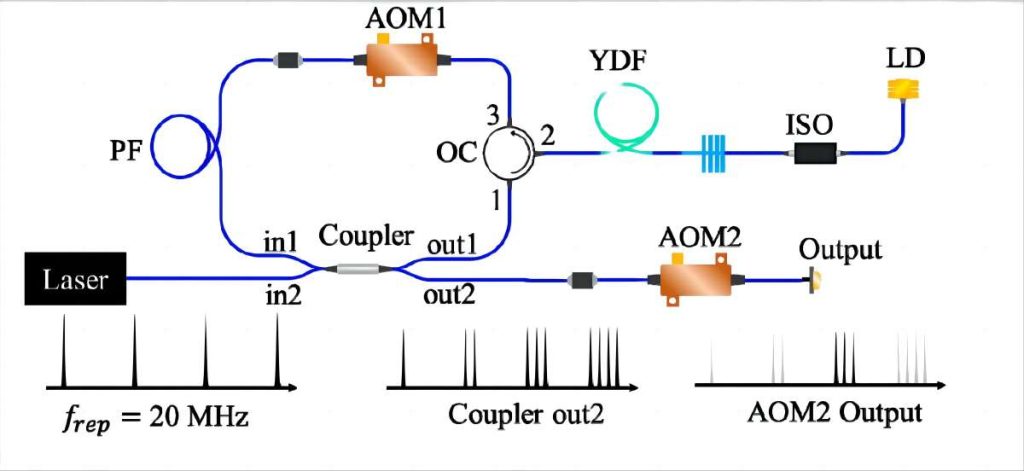
3. Efficient Bandwidth Management
Bandwidth: Up to 8 MHz
- Telecommunications: In contemporary telecommunication systems, the proper allocation of bandwidth is vital in high-speed data transmission. Efficient data transmission with minimum errors requires the processing and modulation of optical signals at high frequencies, which is achievable by spatial AOMs. Consider 5G networks as an example where data has to be transmitted extremely fast. Spatial AOMs can assist in managing a large volume of signals without delays or errors.
- Precision Measurement Systems: An example application, like optical coherence tomography (OCT), relies on OCT, where precision measurements depend on advanced signal processing. The ability to analyze swiftly changing signals in real-time enhances accuracy and precision, which in this case, permits exceptional measurement resolution for distance, surface profiles, or internal cross-sections of materials more than their outlines.
4. Superior Optical Energy Conversion Efficiency
Diffraction Efficiency: Over 80%
Spatial AOMs boast exceptional energy conversion efficiency, with diffraction efficiencies exceeding 80%. This means that a significant portion of the input optical energy is effectively converted into the modulated output signal.
- Energy Conservation in Laser Systems: In laser-based communication systems or industrial laser systems, efficient energy conversion ensures that the majority of the optical energy is used for signal transmission or material processing, rather than being lost as waste. This results in lower energy consumption and improved overall system performance.
- Minimizing Light Loss: High diffraction efficiency also reduces light loss, which is important for applications where precise control of light intensity is necessary. For instance, in laser machining or material processing, where laser beams are used to cut or etch materials, minimizing light loss improves the accuracy and quality of the work.
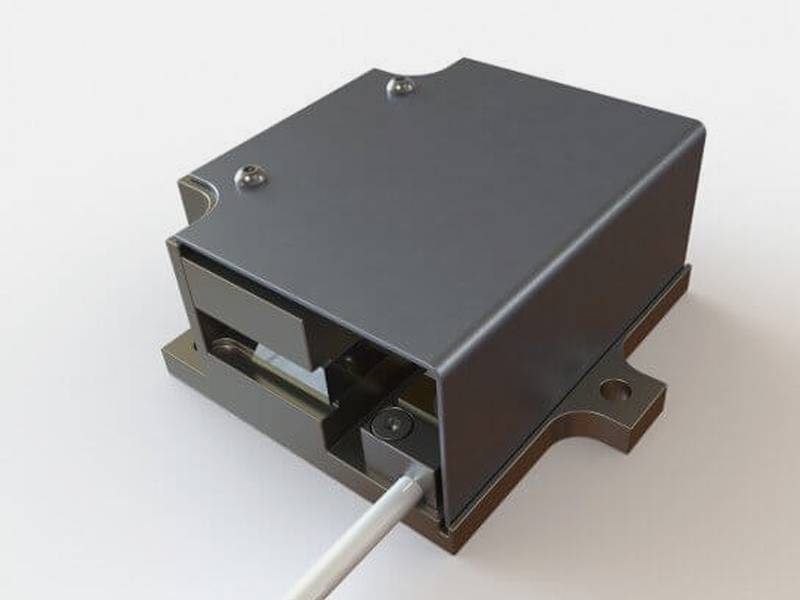
5. Energy-saving and Environmentally Friendly Design
Power Efficiency: Optimized RF power consumption
Spatial AOMs are quite efficient in their application and use of RF power (radio frequency), enhancing both energy efficiency and lowering environmental harm.
- Less Heat Generated: Less thermal waste is a benefit for mobile devices or systems that are designed to run continuously, such as remote sensing devices working in harsh remote locations. An important attribute of such systems is not just energy efficiency but the capability to manage heat effectively over prolonged periods.
- Design Adaptability and Strength: Lower energy consumption translates more effectively with sustainability goals, introducing improved sensitivity for spatial AOMs. Furthermore, reduced cooling demands translate into macro-scale savings from less strenuous demand running the aforementioned devices in data centers or during satellite communications.
6. Extreme Precision Control
Extinction Ratio: 30-60 dB
Spatial AOMs provide extreme accuracy when managing light signals, with the ability to block 30-60 dB of power. Such a high extinction ratio stands for very minimal leakage light during the modulator’s “off” state.
- Improved Signal-to-Noise Ratio (SNR): In optical communication, a higher optical extinction ratio improves an operator’s signal-to-noise ratio (SNR), and in turn, enhances SNR, helping in unwanted light signals. Communication becomes clearer and reliable, which is essential in data-dense networks like fiber optics.
- Permits greater resolution in imaging technologies: In optical imaging technologies such as confocal and super-resolution microscopies, precise snapshot commanding with negligible low-level modulation signal leakage necessitates low-extinction controlled structures. High extinction ratios improve systems resolution, thus allowing more magnified images of biological samples or materials with finer details.
7. Ultra-High-Speed Switching
Switching Time: 10 nanoseconds at 200 MHz
Spatial AOMs also excel in their ability to switch between states at extremely high speeds, making them suitable for applications requiring ultra-fast modulation of light signals.
- Fiber Optic Networks: In optical fiber networks, data is transmitted at the speed of light, and the ability to switch signals quickly is crucial for maintaining high-speed data transfer. Spatial AOMs can complete the switching process in just 10 nanoseconds at 200 MHz, ensuring that the system can handle rapid signal modulation without delay.
- Real-Time Data Processing: In applications like scientific research, military communications, or medical diagnostics, real-time data processing is essential. The ultra-fast switching capabilities of spatial AOMs allow these systems to process and transmit data with incredible speed and accuracy, enabling real-time decision-making in critical situations.
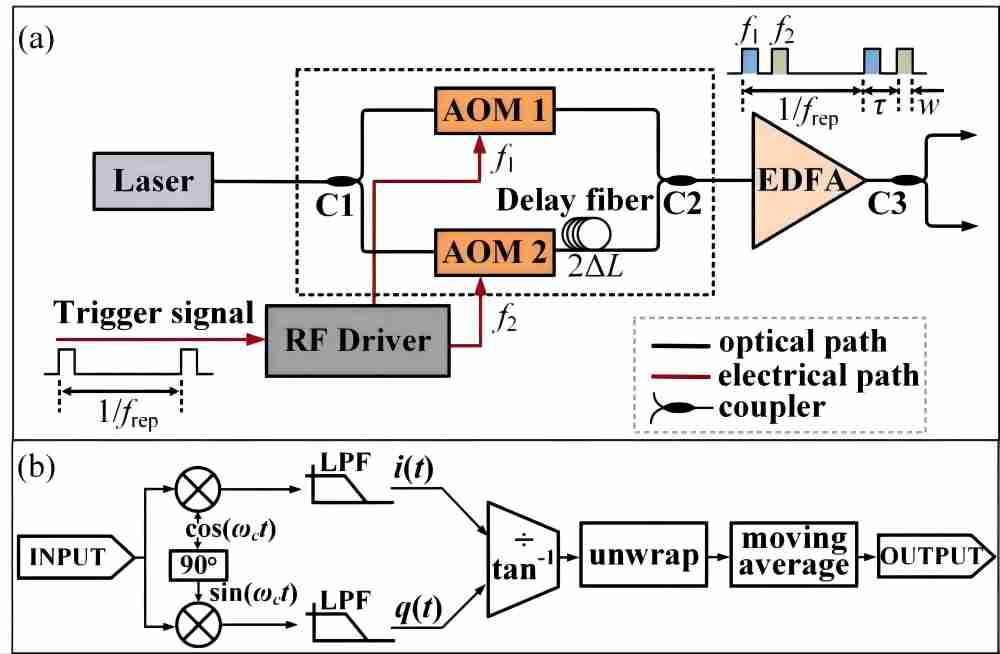
To sum up, the spatial acousto-optic modulator offers a combination of technological strengths that make it a powerful tool in modern optical systems. As technology continues to advance, spatial AOMs will play an increasingly critical role in shaping the future of optical systems, providing new opportunities for innovation and progress in various fields.

